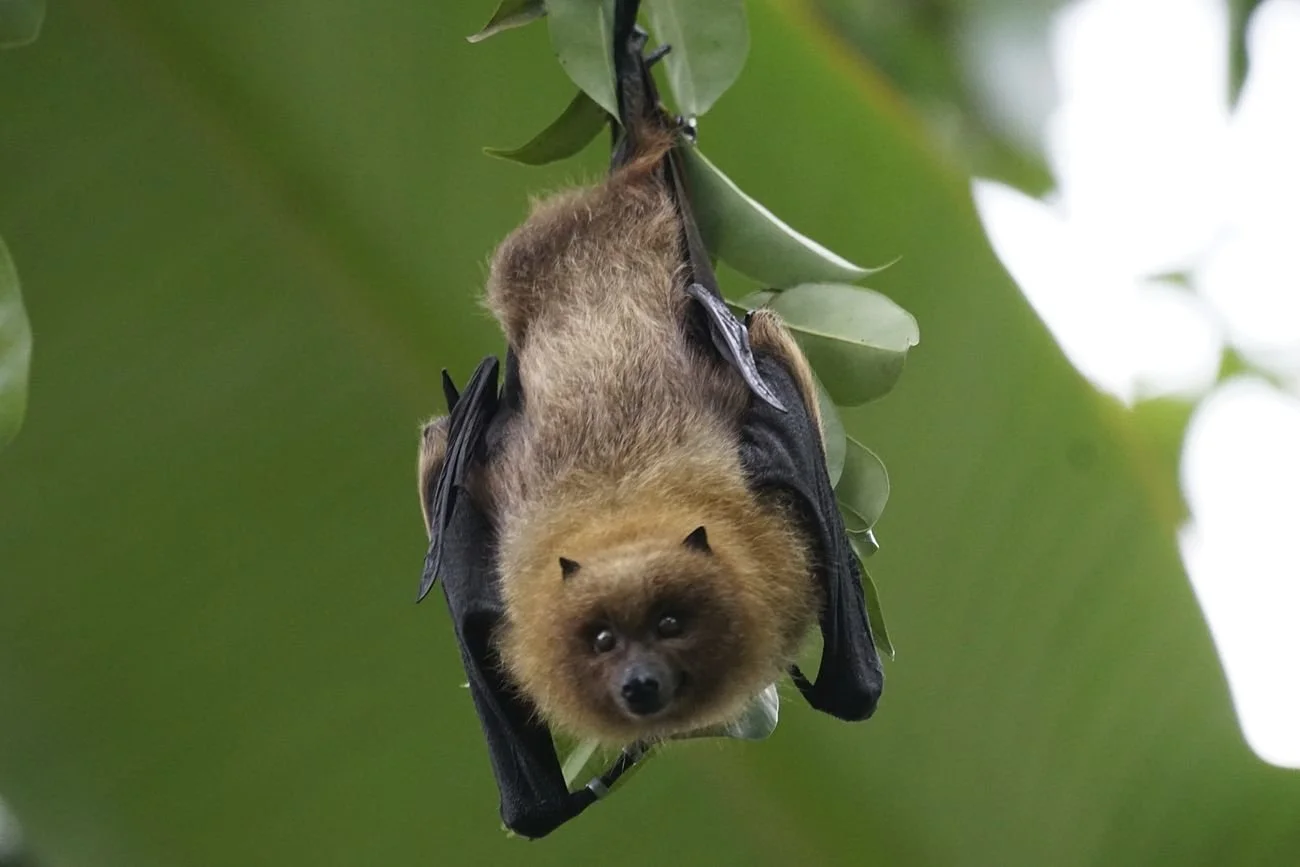Don’t Forget About Bats
When you think of pollinators, what do you imagine? Like me, and many people, you probably see a sunny field full of flowers, green leaves, blue skies, the sound of cicadas and dull summer heat.
But pollination doesn’t end when the sun goes down. When dusk hits, the nighttime pollinators come out.
Nighttime pollinators are immensely understudied and underappreciated compared to their diurnal partners. Animals and insects that act as nighttime pollinators include mostly moths and bats, but there are also some bees, beetles, birds, and other insects that visit flowers at night.
It’s estimated that about 1/3 of plant families have blooms that are open at night and benefit from visitation by nighttime pollinators. Many flowers remain open at night, but some of them are important human food sources. Common food crops we all enjoy that rely heavily on nighttime pollination include: mangoes, bananas, guava, agave, figs, dates, eucalyptus, and peaches.
Of the nighttime pollinators, bats are my favorite by far. In the United States, there are about 50 bat species, part of the 900 in the world. There are only a few flower eating bats in the US, mostly living in the desert Southwest, migrating up from Mexico. The majority of bats in the US are insect eaters. They are friendly enough to eat gnats and mosquitos and other annoying insects.
Bats, like many other pollinators and native wildlife, are struggling with the impacts of habitat loss, pesticide use, monoculture cropping systems, and climate change. But nighttime pollinators have another worry: light pollution. These animals are adapted to the dark, and the sudden appearance of human-made light is disorienting to their instincts.
I hope you’ll join me in adding bats to the list of creatures I appreciate both for their essence and for the services they provide to human life. We owe it to them to help.



